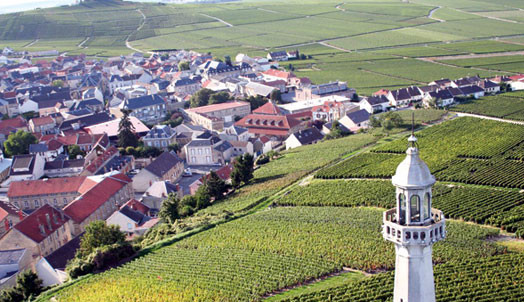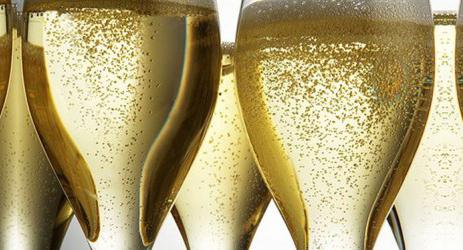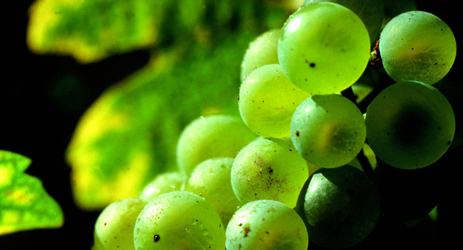Blending Champagne is an art. Most Champagne is the antithesis of a single-vineyard wine, a carefully calibrated composition made from numerous base wines: different grape varieties, different sites, different vinification methods, and different vintages.
This is especially true when it comes to non-vintage Champagne. Consistency is all. How will the still base wines evolve together after a second fermentation and years of lees ageing? What is their trajectory? What will the final Champagne be like?
Achieving consistency takes more than skill: it takes experience, intuition and imagination. But how do you train for that? By transmitting knowledge from one chef de cave to another – while the world around them keeps changing. Sometimes it’s a more or less carefully planned handover, sometimes it’s family succession. Either way, the aim is for the changeover to be imperceptible in the final wines.
All of the Champagne houses profiled below acknowledge that the handover is a mutual exchange rather than a one-way street. Becoming chef de cave is a slow process of assimilation. The transition is a curious mix of preservation and renewal; responsibility and possibility; evolution and aspiration.
Click to see the full article on Decanter Premium>>

Translated by ICY
All rights reserved by Future plc. No part of this publication may be reproduced, distributed or transmitted in any form or by any means without the prior written permission of Decanter.
Only Official Media Partners (see About us) of DecanterChina.com may republish part of the content from the site without prior permission under strict Terms & Conditions. Contact china@decanter.com to learn about how to become an Official Media Partner of DecanterChina.com.






Comments
Submit